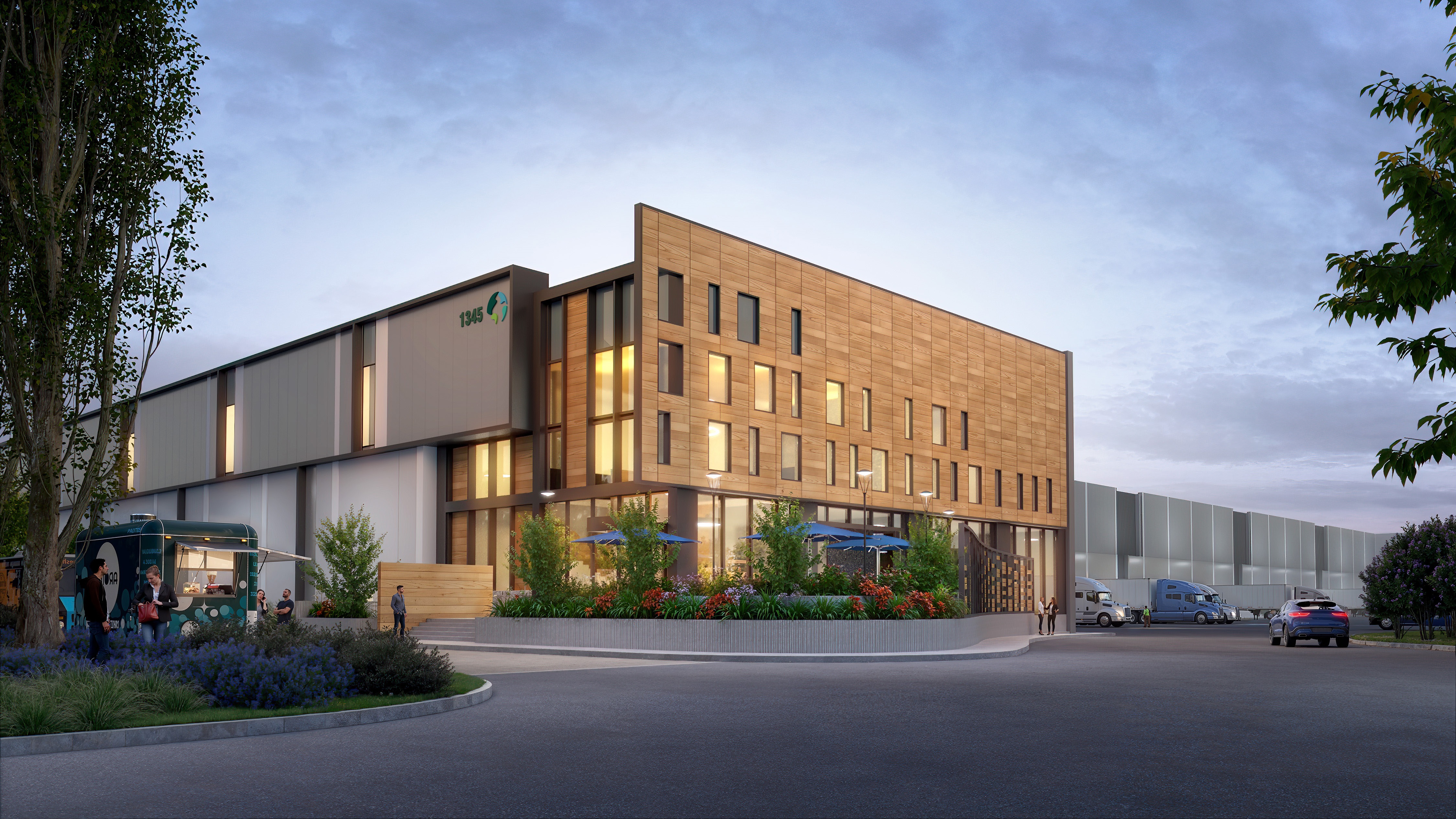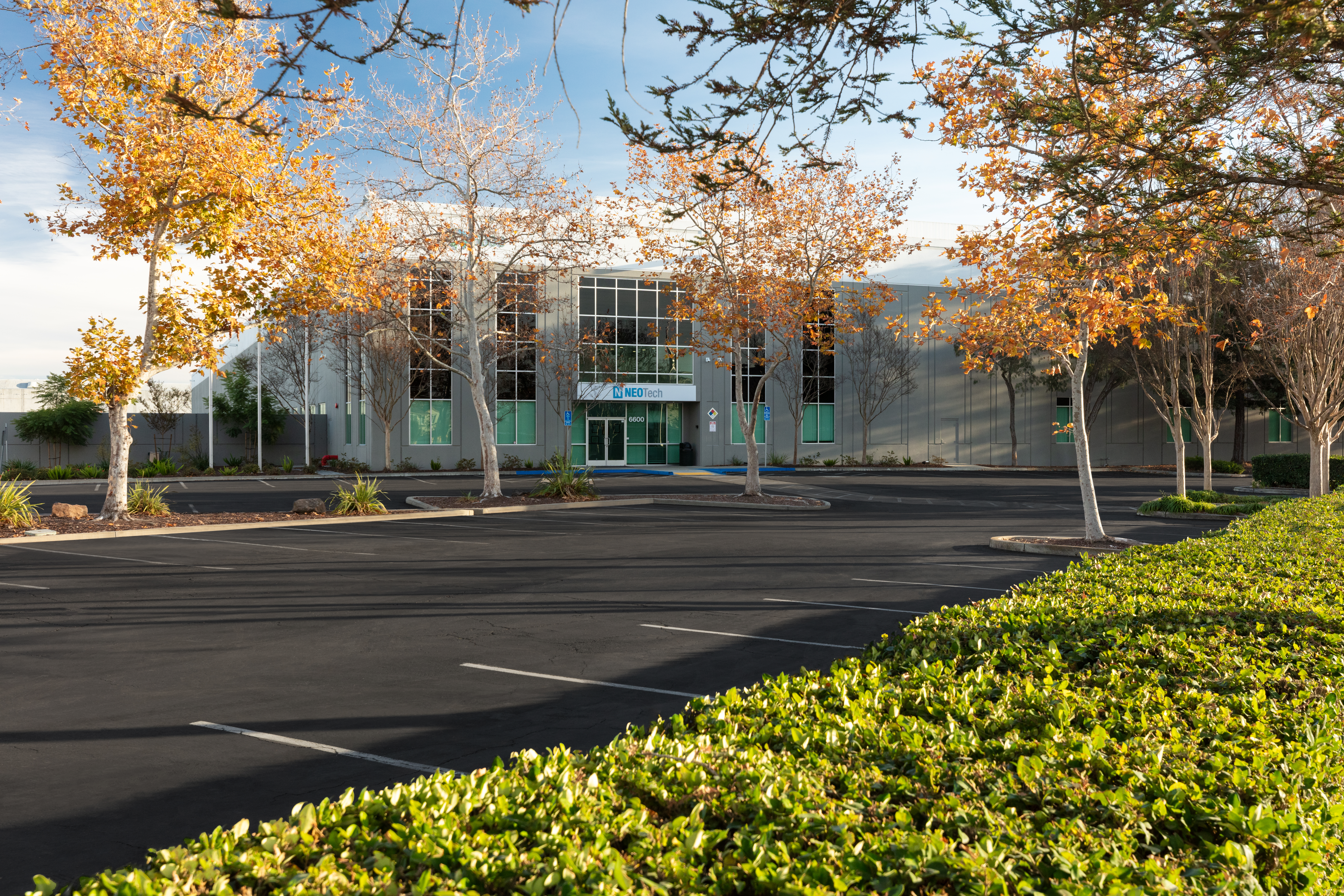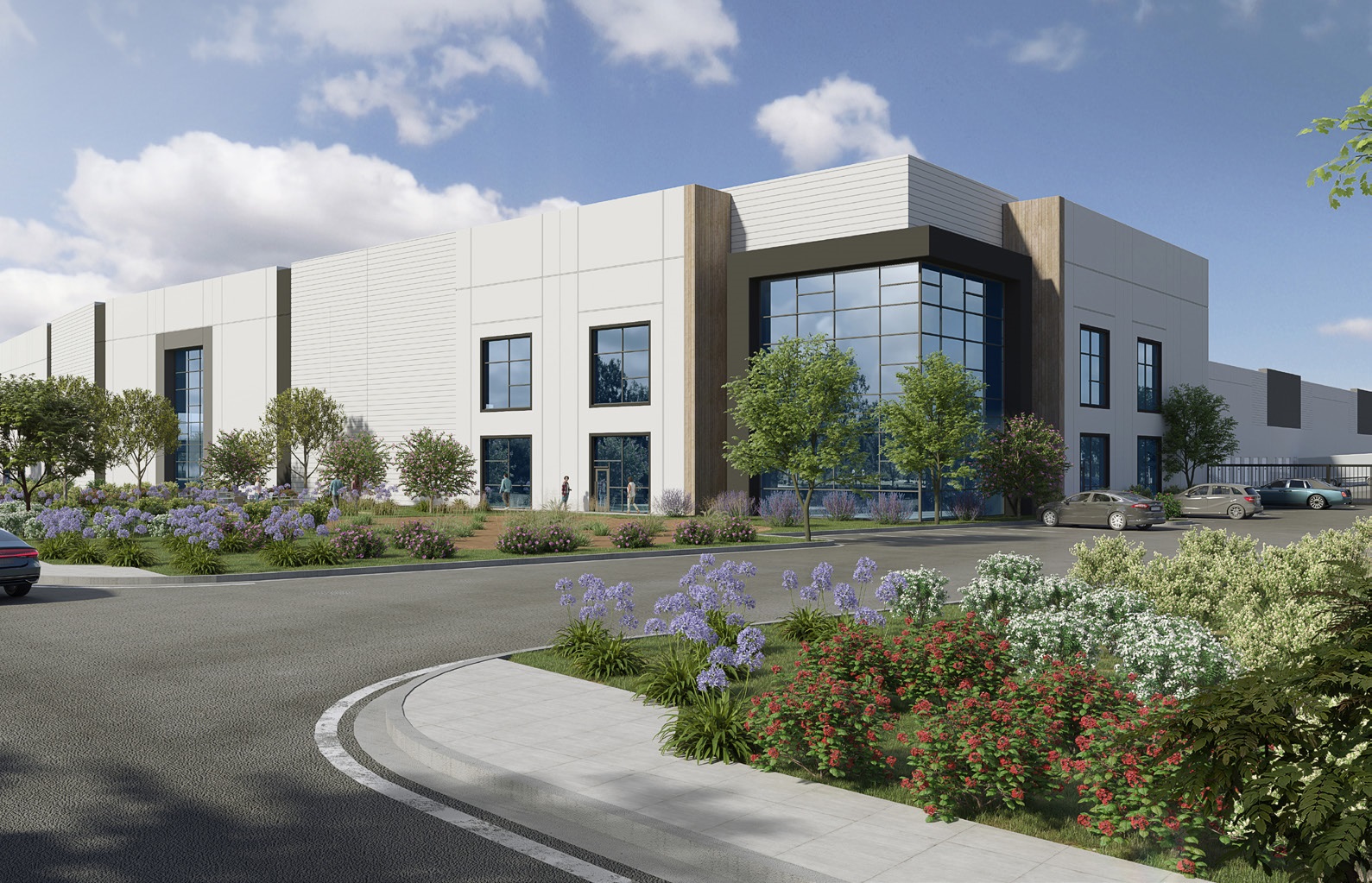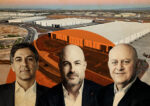Advanced manufacturing is to the logistics game what life science is to office, according to Prologis Bay Area Market Officer Matt Ebner. It’s a chance to reap a higher return on rents given the greater investment required for the increased energy loads, more upscale finishes and higher capacity HVAC.
“Nobody wants to sit in a hot warehouse in the middle of the summer, right?” he asked.
But unlike the life science space, which has slumped of late, demand remains strong for these upgraded manufacturing spaces, especially in a tech hub like Silicon Valley, he said. Manufacturers are paying 20 to 30 percent more than a typical logistics user like Amazon.com or Home Depot, they typically stay on a lease about twice as long, and they are usually the ones investing the bulk of the tenant improvement dollars to build the space out for their particular needs.
“What we focus on is providing the box,” Ebner said, which is not much more expensive to build than a typical warehouse and can also be used by other logistics users down the line. “We have a longer-term return on our investment, because there are multiple generations that end up using that building.”
Ebner spoke with TRD about new trends in the industrial market, how the Prologis real estate investment trust approaches the entitlement process on its current development slate, and what’s going on at the Great America theme park in Santa Clara, which Prologis bought for $310 million in 2022.
Has the flight to quality caught the logistics market the same as other sectors?
Absolutely. You’re seeing a divide between new Class A buildings versus Class B and C buildings. There’s always been a little bit of a premium for Class A. But now, in the current economy, it’s definitely a bigger gap than we’ve seen in the past.
How can you update your older sites to hit today’s standards?

The Bay Area is a very land-constrained market. There’s no vacant land for someone to build. So the next thing is to start to look at your older inventory and repurpose it. We have a project in San Jose on Junction Avenue where we’re looking to tear down an existing building. We’re very early in our entitlement process to build a brand new building on that site that would fit both logistics and advanced manufacturing uses.
We also have a building in San Leandro, Prologis Nexus, that’s very obsolete. So we’re actually raising the roof. We’re lifting the ceiling from 20-foot to 40-foot, which is a pretty cool project to work on and one that we haven’t ever done before. We’re also lopping off part of the building to make a proper truck court to appeal to more logistics users.
It actually ends up being a very green building. We’re going to be LEED Platinum because we’re using less concrete in the new construction.
So definitely we’re seeing a lot more of that repurposing as well as tear down and rebuild in the Bay Area.
When does a warehouse reach the end of its useful life?
It’s very submarket driven. There are buildings in South San Francisco, which is an older logistics market, that are 50 to 60 years old. They’re maybe near the end of their life, and maybe they’ll convert to life science at some point, but they still function very well. Whereas in the East Bay, you’re probably around that 40 to 50 years where you have to look to put in a bigger investment.
So it’s … based on the overall supply and demand, but people are gravitating towards that brand new shiny box that has all the bells and whistles on it.
How is the market balanced between supply and demand?
I think that’s gone to a really natural equilibrium lately. … Ultimately, most companies want to be near the population they’re servicing. So if you have a little more vacancy, you have more of a chance of those smaller companies being able to be at their ideal location.
Are you offering incentives to get leases signed?
We haven’t been offering too many incentives. For us, it’s about getting that space ready to go as soon as we possibly can. If we know we have space coming back, we’re going to do what we call our market-ready TI. We’re going to paint, put in new carpet, get the LED lights switched out. Maybe you’ve got to look at dock equipment and see if it’s ultimately time to replace it.
We’ve been really solid here in the Bay Area, so we haven’t had to give away the farm on deals.
Is there anywhere outside the Bay Area that Prologis is really excited about growing?
I think we’re looking to focus more on our existing markets that we’re already in rather than going to new sub markets. It’s more about acquiring and building where we are, where we have existing infrastructure because it has a proven demand. We are in the best markets in the U.S. today and I think we want to stay in those best markets.
Where are some of Prologis’ new developments in the pipeline?
We have one in Milpitas, on Sycamore Drive. It’ll be a new 300,000-square-foot building that we’re through the entitlement process. We plan to go vertical between now and the end of the year.

We have some existing buildings, one in Fremont with 127,000 square feet on Stevenson, that just became vacant. We’re getting that market ready right now. It’s a great manufacturing building. We also have three buildings in Milpitas called Prologis Power. That has a hefty amount of power that is perfect for advanced manufacturing.

I think power is really the big story of advanced manufacturing. It’s a very long, expensive process. So we’re getting applications in where we can and trying to advance that as much as we possibly can. We’re also looking at alternatives that can help the customer move into a space and be able to operate sooner while we’re waiting for that grid process to happen.
I had heard about a year ago that the wait was 12 to 18 months. Is that still the case?
It’s very site specific based on which substation you’re pulling the power from. But yeah, that seems accurate.
Power is a big deciding factor for a lot of tenants. They want to be able to move in as quickly as possible to be able to operate as quickly as possible. So, if you can offer that, you will be top of their list. We have existing buildings that already have a lot of power and we’re looking to upgrade those as we can. Also, if you already have a user to justify your power use to PG&E, that helps move the process along because they know that power demand is there.
But great cities, the City of Fremont as a great example, understand the supply chain that you need around advanced manufacturing to be able to support it — the warehousing, the shipping, the storing of components that go into it. Fremont has been very successful in helping create that ecosystem and that has proven itself in the demand that you see there.
When you develop new projects, what are city governments looking for?
Each city has its own process and its own desires. Obviously an advanced manufacturer is probably more top-of-mind for cities, because it’s usually a bigger name and tends to have higher-paying jobs.
Where are you with the Hilltop Mall redevelopment in Richmond and the glass recycling plant teardown in Oakland?
Hilltop we’ve owned for a couple of years now, and over the past couple of years we’ve been working with the community, city leaders and all the stakeholders to try to come up with a plan that works for that city. We’re working with Signature Development Group on the residential portion of the project. But we’re still very much in that process right now.
In Oakland on 3600 Alameda, we just received Planning Commission approval. Our plan there is to start demo in the late summer, which I understand is a very complex older site. We’ll work with the EPA and other stakeholders to make sure that we’re doing it in a thoughtful, compliant way. It will be a 400,000-square-foot logistics building in a great location right off the freeway. We’re hoping in the next couple of years to have that up and running.
Speaking of projects, what’s going on at Great America?
We’re very early on in Great America. Just like at Hilltop, we’re working with the community and the stakeholders. It’s way too early to say what’s going to happen there. But we love that site; it’s very unique.
I grew up in the Bay Area and I’ve lived here my whole life. So to me, my work is very much a backyard story, just like it is with the company. Our roots are here. We were founded here. We know it better than anybody.
Read more


